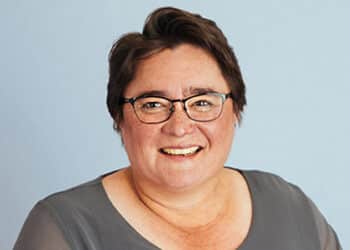As part of its review, ASIC investigated the “occupational default” practices from a sample of 21 trustees who were using a high-risk occupational category as the default in their MySuper products.
This review was undertaken as part of ASIC’s ongoing work on insurance in superannuation. It was conducted over 2019 and 2020 and looked at trustees that used a high-risk occupational default but were more likely to have a white-collar or broad-based mix of occupations.
The review explored a range of issues such as the assumptions trustees made about their members when setting their fund’s occupational default, the factors trustees considered and how they determined that the default was appropriate for their membership.
Trustees were also asked what they told members about the occupational categories, particularly the default, and how easy it was for members to update their occupational category to ensure that they are paying the correct insurance premiums.
The corporate regulator noted that trustees often have limited data about members’ occupations.
“As a result, most superannuation trustees allocate their MySuper product members a particular occupational category for the purpose of life insurance cover (occupational default), unless the member or employer provides additional information about the member’s occupation,” it stated.
“What occupational category is chosen as default is important because a high proportion of members generally end up in the default category. Funds often select the highest-risk category as their default to ensure all members are covered regardless of their occupation. However, this means the premiums are comparatively high.”
In the superannuation products examined by ASIC, on average, the price of default insurance for the highest-risk occupational category was approximately double that of the lowest-risk category, ASIC noted.
“In five out of 20 cases, the price difference was between three and four times,” the regulator stated.
ASIC commissioner Danielle Press said superannuation trustees of public offer funds should take a considered approach to designing their default insurance cover.
“While a high-risk occupational default may be appropriate in some circumstances, trustees need to be able to justify their default settings based on their membership base,” Ms Press stated.
The review by ASIC found that there was a significant variation in the sophistication of trustees’ assumption and in the factors they took into consideration when designing their default category.
It also discovered there was poor disclosure by some funds, including about the relative cost of premiums in different categories, and in the case of 15 trustees, the use of generic labels for the most expensive category and that the process for members to update their occupational category was generally not readily apparent or accessible.
“Following ASIC’s engagement, most trustees using a generic label for their occupational default have updated their product disclosure statements and website disclosures to include clearer information about their occupational default categories,” ASIC said.
In light of the findings, ASIC also identified some areas of improvement.
“Trustees may be contravening their legal obligations if they fail to ensure that insurance premiums charged to members are based on appropriate statistical assumptions,” ASIC warned.
“They can enhance outcomes for members with default insurance by ensuring that effort is made, through engagement with members and employers, to gather better occupation data about individuals and cohorts so that default settings are based on appropriate statistical assumptions and are fair and reasonable.”
Trustees should also aim to ensure that occupational default labels are meaningful, promote understanding of the level of risk and associated cost of the category, and trustees take prompt action to address any mis-categorisation, it said.
Disclosures should clearly state a member’s occupational category, the meaning of the category and whether the member may be eligible for an alternative category that is less expensive or provides a greater level of cover. Members should also be able to easily amend their profile so that premiums are charged based on accurate information.
Ms Press said the review found that the design and disclosure of occupational defaults are two areas where trustees can do more to improve member outcomes.
“They can do more by gathering better occupational data about fund members and by providing better disclosure to their members,” she said.
“Better occupation data about members will assist trustees in designing fair and reasonable default insurance, and good, clear disclosure can empower their members to make better informed decisions about their insurance arrangements.”


